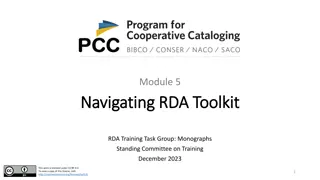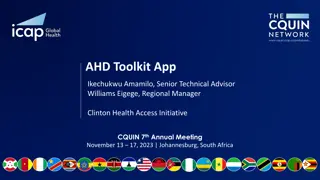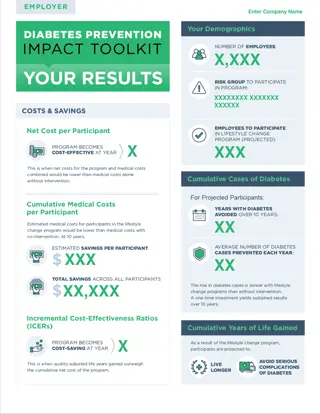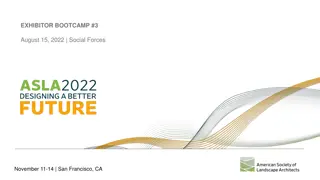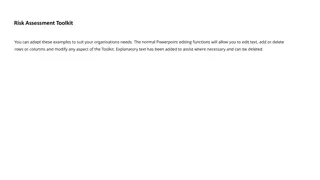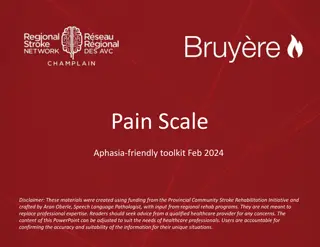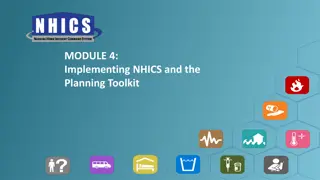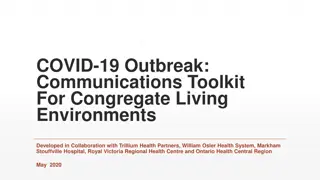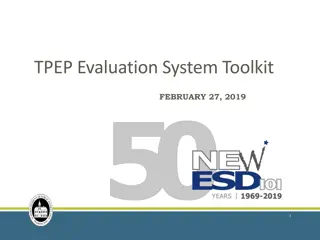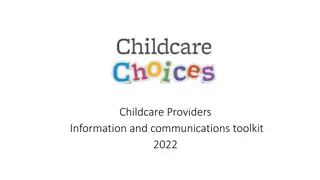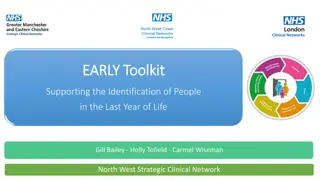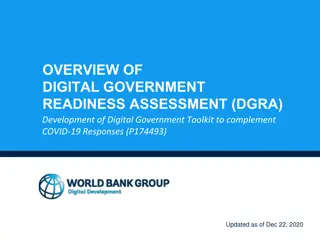Implementation Guide for Multiple Measures Assessment Toolkit
Explore the process of implementing a Multiple Measures Assessment (MMA) toolkit on your campus through process mapping. Learn how to use process maps to visualize the placement process post-implementation and understand the differences from your current process. Discover the significance of process maps, how to create them, and view a sample process map for student registration and orientation. Dive into the MMA implementation for student processes, including form submissions, GPA, and testing.
Download Presentation

Please find below an Image/Link to download the presentation.
The content on the website is provided AS IS for your information and personal use only. It may not be sold, licensed, or shared on other websites without obtaining consent from the author. Download presentation by click this link. If you encounter any issues during the download, it is possible that the publisher has removed the file from their server.
E N D
Presentation Transcript
CAPR MULTIPLE MEASURES ASSESSMENT TOOLKIT Multiple Measures Assessment (MMA) Implementation Process Mapping
Goals Plan to implement MMA on your campus, by role Understand how to use process maps to visualize how your placement process will look once MMA is implemented For students For staff in different roles Identify how the post-implementation process will be different from your current process
What is a process map? A process map is a visual representation of a procedure or activity that lists each step from start to finish. Put personal items in passenger seat Secure children in car seats Sit down in driver s seat Unlock all doors Buckle seat belt Start ignition Pull out of parking space
Why create a process map Displays the entire process Lays out the activities in a given process as a sequence of events Incorporates different perspectives of people who engage in the process (e.g., students, advisors, faculty, staff)
How to create a process map Identify the relevant processes, or parts of a process, for your outcome of interest List activities involved in the relevant process(es) Determine the actors and sequence Lay out the full process and indicate the timing of each step
Sample process map Student registers for classes online Student learns about placement, orientation, and registration from advising Student receives acceptance letter from admissions via email Student receives testing instructions via email Student takes placement test Student submits application Student registers for classes at orientation Advisor shares placement and information about orientation Advisor generates orientation materials that include placements Advisor determines math & English course placement Advisor provides support during orientation Advisor receives placement scores from testing
MMA implementation: Student Process ? Student submits application Student registers for classes STUDENTS Submitting forms, GPA, test scores Testing Placement communication Orientation, advising, registration What else?
MMA implementation: Staff process Student enrolls in the course they place into Student applies to college STUDENTS REGISTRAR TESTING ADVISING ADMISSIONS IT
How to use a process map for MMA Plan your implementation approach Useful tool to help designers take a step back and evaluate (or re-evaluate) what your process is and what it should be Guide discussions about multiple measures Build a common understanding of the process among stakeholders Identify and address barriers to simplify the process
Using a process map to identify changes and barriers Student enrolls in the course they place into Student applies to college STUDENTS REGISTRAR TESTING ADVISING ADMISSIONS IT
Discussion questions for your team How will your campus prepare for process changes? What questions do you have about MMA on your campus? What additional resources do you need?
Next Steps Plan out the step to prepare for implementation Continue to build and refine your process map
Thank you! The Center for the Analysis of Postsecondary Readiness (CAPR) is funded through a grant (R305C140007) from the Institute of Education Sciences, U.S. Department of Education.






